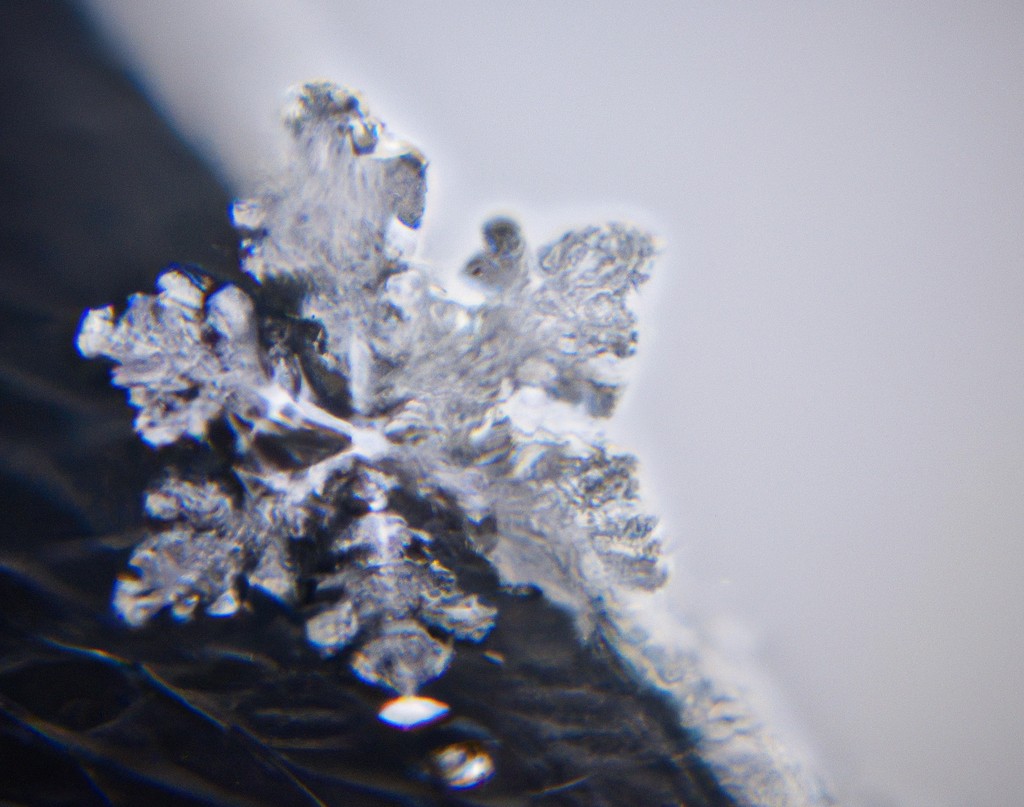Snowflakes are delicate and intricate crystals of ice that form in the Earth’s atmosphere. These beautiful snowflakes are a type of precipitation, which means that they form from water vapor that condenses and freezes in the air.
The process of snowflake formation begins when water vapor in the air cools and condenses into tiny water droplets. These droplets are too small to be seen individually, but they can clump together to form clouds. As the temperature of the air surrounding the cloud drops, the water droplets in the cloud begin to freeze.
As the water droplets freeze, they form small, hexagonal ice crystals. These ice crystals are the building blocks of snowflakes, and they are formed when the water molecules arrange themselves in a hexagonal pattern as they freeze.
The ice crystals in a snowflake can grow in a number of ways. One way is through the process of diffusion, which occurs when the ice crystals come into contact with water vapor and the water molecules stick to the surface of the ice crystal. As more and more water molecules stick to the surface of the ice crystal, the crystal grows larger and larger.
Another way that snowflakes can grow is through the process of aggregation, which occurs when two or more ice crystals come into contact with each other and stick together. As the ice crystals stick together, they form larger and more complex structures, which eventually become snowflakes.
The final shape of a snowflake is determined by the temperature and humidity of the air as it falls through the atmosphere. If the air is cold and dry, the snowflakes will be small and simple in shape. If the air is warmer and more humid, the snowflakes will be larger and more complex in shape.
No two snowflakes are exactly alike, due to the unique conditions of their formation and the random arrangement of water molecules as they freeze. The intricate and delicate beauty of snowflakes is a testament to the complexity and wonder of the natural world.






